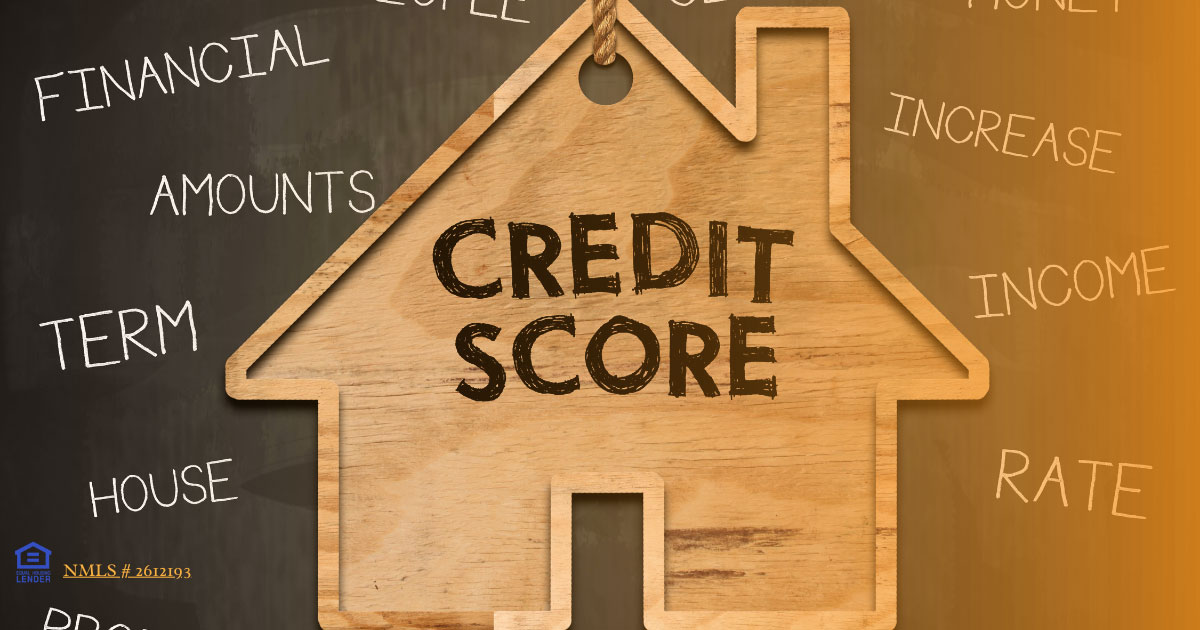From 580 to 780: How Emily Transformed Her Credit Score to Secure a 3.2% Mortgage Rate (A 12-Month Blueprint)
Discover how Emily rebuilt her credit score from 580 to 780 in 12 months, securing a low-interest home loan and saving $95,000. This SEO-optimized guide merges actionable steps, uncommon hacks, and expert backlinks to help you replicate her success.
The Crisis: A Rejected Mortgage Application
Emily, a first-time homebuyer in Austin, Texas, was devastated when her mortgage application was denied. Her credit score? 580. The lender’s feedback stung: “High credit utilization (95%) and two late payments on a student loan.”
But Emily refused to give up. Over the next year, she methodically rebuilt her credit, turning her score into a 780—and securing a 3.2% fixed-rate mortgage. Here’s her exact roadmap, designed to help you avoid costly mistakes and fast-track your financial goals.
Understanding Credit – Your Financial Foundation
Your credit score is like a financial passport. It determines your access to loans, rates, and even housing. Let’s break down how it works:
The 5 Pillars of Credit Scoring
- Payment History (35%): The cornerstone. Just one 30-day late payment can drop your score by 100+ points.
- Credit Utilization (30%): Emily’s mistake: Using 95% of her $8,500 credit limit. Ideal: Keep below 10%.
- Credit Age (15%): Older accounts = better. Emily’s oldest card was 2 years old.
- Credit Mix (10%): Lenders love diversity—think credit cards, auto loans, and mortgage loans.
- New Credit (10%): Too many hard inquiries?
Emily’s First Move: She pulled her free credit reports to identify errors and prioritize fixes.
Building Credit – Emily’s 12-Month Strategy
Month 1-3: Tackling Credit Utilization
- Secured Credit Card: Emily opened a Capital One Secured Mastercard ($200 deposit). She used it only for gas, paying balances weekly. Pro Tip: “Treat credit like cash—spend only what you can repay.”
- Became an Authorized User: Her sister added her to a 12-year-old card with a $15,000 limit. Overnight, Emily’s utilization dropped from 95% to 25%.
Month 4-6: Fixing Payment History
- Autopay Setup: Emily scheduled automatic payments for her student loans and credit cards.
- Goodwill Letters: She wrote polite emails to creditors, asking to remove two late payments. Result: One was deleted.
Month 7-9: Diversifying Credit Mix
- Credit-Builder Loan: Emily borrowed $1,000 from her credit union. The catch? The money stayed in a locked account until she repaid it. Each payment boosted her score.
- Experian Boost: By syncing her bank account, she added 24 months of on-time utility bills to her report. Score bump: +34 points.
Month 10-12: Optimizing for a Mortgage
- Credit Sweep: Emily disputed minor errors (e.g., misspelled name, outdated addresses)
- Credit Freeze: She froze her reports at all three bureaus to prevent hard inquiries while mortgage shopping.
The Payoff – Securing a Low-Interest Home Loan
With her 780 score, Emily revisited her mortgage lender. This time, she qualified for:
- 3.2% Interest Rate (vs. 4.8% initially)
- No PMI (Private Mortgage Insurance): Saving $180/month
- 15-Year Mortgage Term: Shaving 15 years off her loan
Total Savings: $95,000 in interest over the loan’s lifespan.
Advanced Credit-Building Tactics
1. The “Credit Card Ghost” Strategy
Use cards for tiny, recurring bills (e.g., Netflix), then pay immediately. Shows activity without debt.
2. Rent Reporting
Tools like Rental Kharma add rent payments to credit reports. Emily’s tip: “If you rent, this is free credit history.”
3. Strategic Credit Limit Increases
After 6 months of responsible use, Emily requested a limit increase on her secured card. Result: Utilization dropped from 25% to 8%.
4. The “Debt Snowball” for Installment Loans
Emily paid off her smallest loan first ($500 medical bill), creating momentum to tackle larger debts.
Avoiding Common Credit Mistakes
- Maxing Out Cards: Even if you pay in full, high utilization during billing cycles can hurt.
- Closing Old Accounts: Shortens credit history. Emily kept her first card open with a $5 monthly Spotify charge.
- Ignoring Small Debts: A $50 collections account can slash your score by 100 points.
FAQs – Your Credit Questions, Answered
Q: How long does it take to build credit from scratch?
A: At least 6 months to generate a FICO score. For a “good” score (670+), plan for 12-18 months.
Q: Can I build credit without a credit card?
A: Yes! Use credit-builder loans, Experian Boost, or rent reporting.
Q: What’s the fastest way to improve my score?
A: Lower credit utilization (aim for <10%) and resolve collections accounts.
Tools & Resources
- Free Credit Monitoring: Experian offers real-time score tracking.
- Budgeting Apps: Emily used Mint to track spending.
- Credit Simulators: Credit Karma’s Simulator shows how actions impact your score.
Get started today—Enquire Here or Apply Now to get pre-approved!














